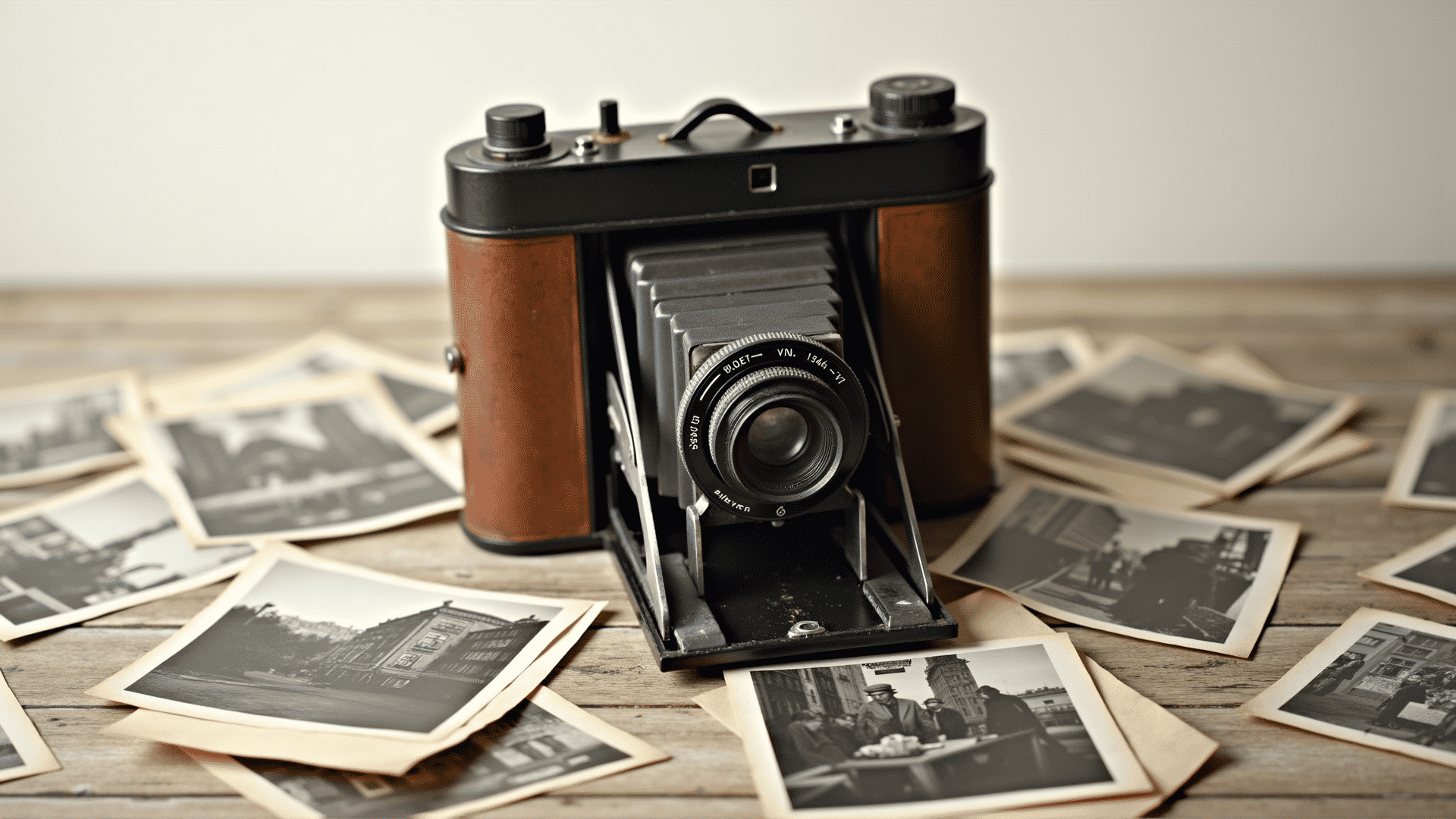The journey of picturing reality through the lens has spanned nearly two centuries, evolving dramatically over time and continually drawing people into its imaginative depths. No other medium has so effectively captured and frozen moments, allowing them to endure through time in the form of visual storytelling.
The inception of capturing images can be traced back to the early 19th century, when pioneers like Joseph Nicéphore Niépce and Louis Daguerre began experimenting with light-sensitive materials. Niépce’s pioneering work in 1826 produced what is regarded as the earliest surviving photograph, known as a heliograph. He partnered with Daguerre, leading to the birth of the daguerreotype in 1839, a significant leap in capturing and fixing images from the world outside.
Throughout the 19th century, technological advancements unfolded rapidly. The wet plate process introduced by Frederick Scott Archer in 1851 made image capturing a more accessible and faster practice. This crucial development led to the proliferation of portrait studios, allowing society’s various classes to partake in the experience of immortalizing personal and family milestones. These photographs became cherished tokens, capturing generations and moments that would otherwise slip into oblivion.
By the late 1800s, with the invention of the flexible roll film by George Eastman, this art form took another leap forward. This innovation allowed for more portable contraptions, significantly enhancing the ease of use for both amateur and dedicated streamers. These advancements democratized photography, expanding its reach beyond the confines of professional studios and into the lives of the wider public. A simple device could now accompany explorers to uncharted territories, document historic shifts, and capture everyday moments.
In the 20th century, artistic elements further intertwined with photographic practice. Photographers began to pursue this medium not only as a tool for realism but as a form of personal and creative expression. Pioneers like Ansel Adams, Dorothea Lange, and Henri Cartier-Bresson brought forward new styles and narratives, giving birth to genres such as street and landscape photography. These artists saw the world through distinct lenses, each freeze-frame an invitation to explore different perspectives and emotions.
The rise of digital technology in the late 20th and early 21st centuries revolutionized the field once more. No longer constrained by the limitations of film, artists could experiment with post-processing, enhancing or altering reality according to their intent. The immediacy and flexibility of digital formats opened new venues for creativity, essentially broadening how stories are told and consumed in a visually driven digital age.
Today, this medium continues to evolve, shaped by technological innovation and the ever-changing cultural landscape. It stands as a testament to human curiosity and creativity, always pushing the boundaries of visual expression. Aspiring artists, along with seasoned veterans, find fresh opportunities to communicate through this timeless art form.
By revisiting its rich history and diverse evolution, one gains a deeper appreciation of its capacity to encapsulate the essence of life and the expansive range of emotions. Indeed, it remains a powerful medium that, while preserving the past, illuminates the endless possibilities of visual expression.
